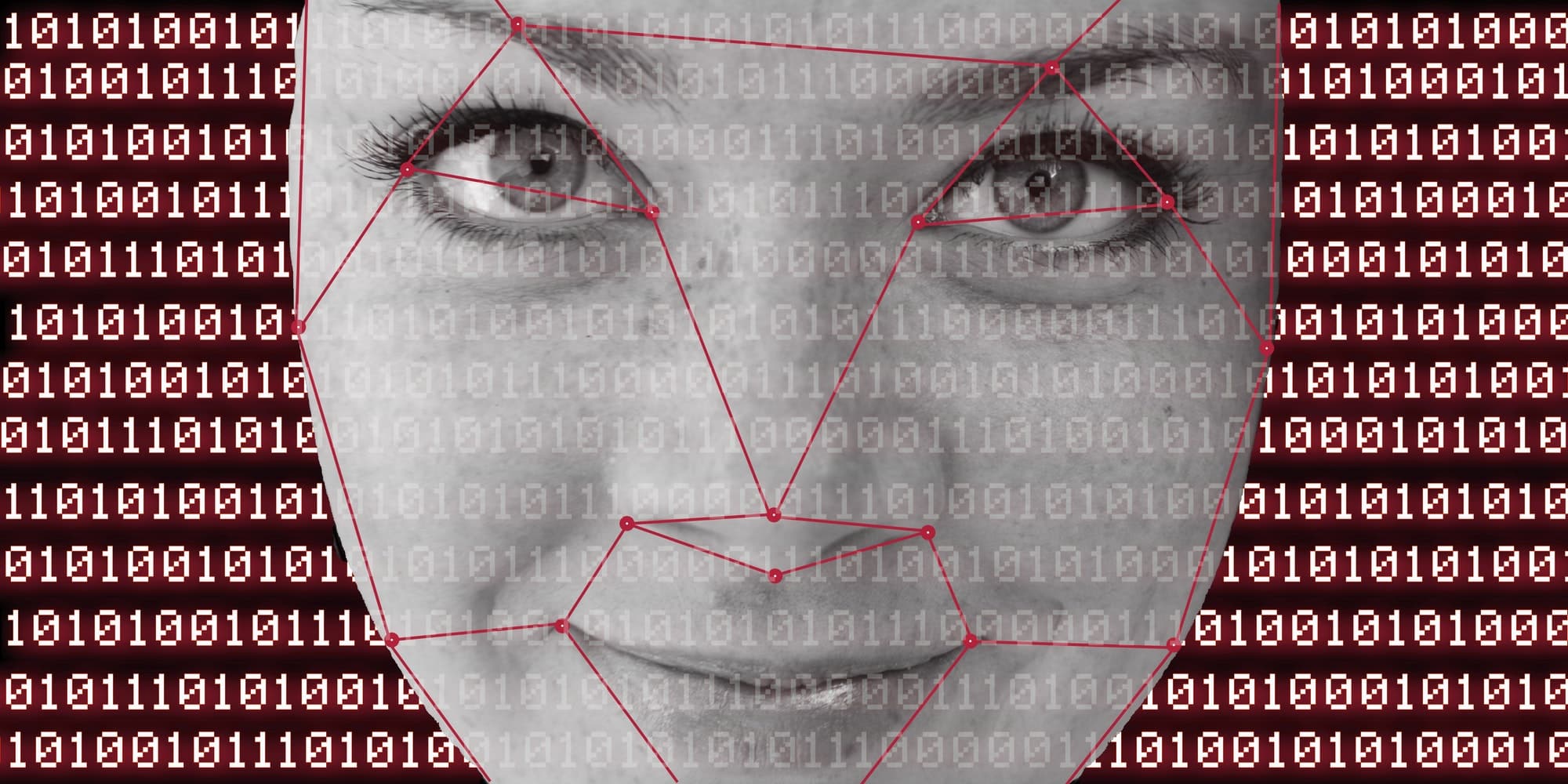Imagine watching a film where your favourite actor performs a scene they never acted in, or a news clip featuring a politician saying things they never uttered. Such is the power of deepfake technology, which utilises machine learning to create synthetic videos that are incredibly realistic. Despite its potential for creativity and innovation, this technology also carries significant risks for the media and entertainment industry.
You must be wondering what deepfakes are and how they are reshaping the content we consume. This article will delve deeper into the world of deepfakes. We will explore the implications of this technology on the UK’s media and entertainment industry, focusing on the potential benefits, challenges, and legal considerations.
Avez-vous vu cela : Can AI Content Moderation Tools Prevent the Spread of Misinformation Online?
The Rise of Deepfake Technology
Let’s start from the beginning: What exactly are deepfakes? Deepfake is a portmanteau of ‘deep learning’ and ‘fake’, referring to synthetic media where a person in an existing image or video is replaced with someone else’s likeness. These videos are created using powerful machine learning and artificial intelligence techniques, producing content that is almost indistinguishable from the real thing.
The rise of deepfake technology has been rapid and significant. It started out as a fringe phenomenon on the darker corners of the internet, but has since made its way into mainstream media. Nowadays, deepfakes are used in everything from films and advertisements to social media content and news.
A lire en complément : How Can AI-Driven Nutrition Apps Personalize Diets for Users with Specific Health Conditions?
The implications of this technology on the media and entertainment industry are profound, particularly in the UK where the sector is highly influential and internationally recognised. With deepfake technology, film studios can resurrect deceased actors, create younger versions of living actors, or even generate entirely new characters. This can potentially save millions on production costs and open up new creative possibilities.
The Pros and Cons of Deepfake in Media
There’s no doubt that deepfake technology has the potential to revolutionalise the media and entertainment industry. However, like any other technology, it comes with its own set of advantages and disadvantages.
On the one hand, deepfakes can push the boundaries of creativity. With this technology, filmmakers can create scenes that would be impossible or too dangerous to shoot in real life. For instance, deepfakes could be used to create realistic action sequences without putting actors at risk, or to create historical films with historically accurate participants.
Furthermore, deepfake technology can also be a valuable tool for content personalisation. Imagine watching a film where the actors’ faces are swapped with those of you and your friends, or a music video featuring your favourite singer singing in your living room. The possibilities are endless, and they could reshape the way we consume and interact with media content.
On the other hand, deepfake technology also carries significant risks. By creating fake videos that are almost indistinguishable from the real thing, it becomes increasingly easy to spread misinformation and deceive audiences. This is particularly concerning in the context of news and social media, where fake videos could have serious implications on public opinion and trust in media institutions.
Legal Considerations Surrounding Deepfakes
The rise of deepfake technology also presents new legal challenges. In the UK, there are currently no specific laws regulating the use of deepfakes. However, existing laws such as those related to copyright, personality rights, and defamation may apply in certain situations.
For instance, creating a deepfake video using a copyrighted film or a celebrity’s face without permission could potentially infringe on copyright laws or personality rights. Similarly, creating a deepfake video that harms a person’s reputation could potentially be considered defamation.
However, enforcing these laws can be challenging due to the global and anonymous nature of the internet. Additionally, legal action can be costly and time-consuming, and it may not be an effective deterrent against the misuse of deepfake technology.
Adapting to the Deepfake Era
As deepfake technology becomes more prevalent, it’s clear that the media and entertainment industry in the UK will need to adapt. This could involve developing new tools to detect deepfakes, educating audiences about the risks and realities of synthetic media, and pushing for appropriate regulatory measures.
It’s also important for the industry to engage in ethical discussions about the use of deepfakes. While this technology has the potential to enrich our media experiences, it’s crucial to consider the potential harm it could cause.
At the end of the day, the rise of deepfake technology presents both an opportunity and a challenge for the UK’s media and entertainment industry. It has the potential to revolutionise the way we create and consume media, but it also carries significant risks that need to be carefully managed. As we navigate this new era, it’s crucial to strike a balance between innovation and responsibility.
Deepfake Detection: The New Frontier in Cybersecurity
The proliferation of deepfake technology is giving rise to a new sphere of cybersecurity: deepfake detection. Machine learning and artificial intelligence, the very tools used to create deepfakes, are now being harnessed to identify and neutralise these synthetic videos.
Deepfake detection involves the use of neural networks and other sophisticated techniques to analyse videos and detect signs of manipulation. These may include subtle inconsistencies in lighting, shadows, or reflection that are often overlooked by the human eye. Programs like these are incredibly important, especially in the context of social media and news where a deepfake video could potentially spread misinformation or manipulate public opinion.
The UK’s media and entertainment industry is investing in deepfake detection. Major players are partnering with tech companies and cybersecurity firms to develop proprietary technologies for identifying deepfakes. For instance, a news network could use deepfake detection software to verify videos before broadcasting them, ensuring that their content is authentic and reliable.
However, deepfake detection remains a complex and challenging task. For one, the technology is constantly evolving, with deepfake creators continually finding new ways to bypass detection. Moreover, there is currently no universal standard for what constitutes a deepfake, which can make it difficult to categorise and address these videos effectively.
The UK’s media and entertainment industry must therefore remain vigilant and proactive in developing and implementing deepfake detection measures to safeguard the integrity of its content and the trust of its audiences.
Intellectual Property and Consent: Ethical Dilemmas in Deepfakes
The use of deepfake technology also raises complex ethical and legal issues, particularly regarding intellectual property and consent. For example, using the likeness of a celebrity or a deceased actor in a deepfake video could potentially infringe upon their personality rights or violate their estate’s copyright.
Consider the deepfake of Tom Hanks that was widely circulated on social media. This video, which depicted the beloved actor in a scene he never performed, was met with a mix of fascination and outrage. While some admired the technological prowess behind the deepfake, others questioned the ethics of using Hanks’ likeness without his consent.
Then there are the more insidious uses of deepfake technology, such as deepfake pornography and fake news. These not only infringe on a person’s rights but can also cause significant harm and distress. In the case of deepfake pornography, it’s not just about intellectual property but also about consent, dignity, and respect.
The UK’s media and entertainment industry must be at the forefront of addressing these issues. This could involve lobbying for stricter laws and regulations, promoting ethical guidelines for the use of deepfakes, and taking a firm stance against malicious uses of this technology.
Conclusion: Navigating the Deepfake Landscape
In conclusion, the increasing prevalence of deepfake technology presents a complex set of opportunities and challenges for the UK’s media and entertainment industry. On one hand, this technology opens up new creative possibilities, from resurrecting deceased actors to personalising content. On the other hand, it carries significant risks, including the potential to spread misinformation and infringe on intellectual property rights.
The industry must therefore navigate the deepfake landscape with both caution and curiosity. It must invest in deepfake detection technologies to safeguard the authenticity of its content. It must engage in legal and ethical conversations to establish guidelines for the responsible use of deepfakes. Most importantly, it must continue to prioritise the integrity of its content and the trust of its audiences in the face of this rapidly evolving technology.
The journey into the deepfake era may be fraught with challenges, but it’s also filled with potential. As the media and entertainment industry continues to explore this new frontier, it’s clear that deepfake technology will play a pivotal role in shaping the future of content creation and consumption.






